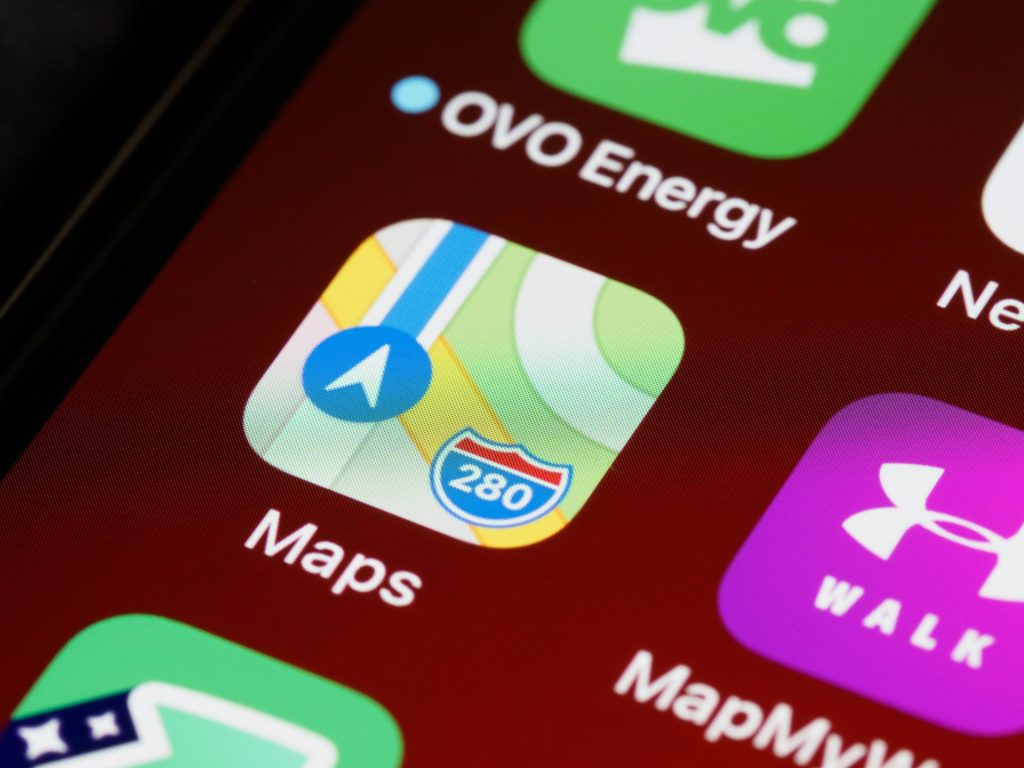When it launched in 2008, the Apple App Store only had 500 apps available. By the first quarter of 2022, the store had about 2.18 million iOS-exclusive apps. Average monthly app releases for the platform reached 34,000 in the first half of 2022, indicating rapid growth in iOS app development.
In 2022, Apple paid iOS app developers a whopping $60 billion for iOS app development. As of January 2023, developers’ combined earnings from the Apple App Store had reached $320 billion. More and more consumers want everything they need within easy reach, and this trend will continue.
The following are the most prominent future trends in app development.
5G
Providing users with different versions of an asset based on their network speed is a great way to use the superior performance that 5G affords. Your app can download or deliver files optimized for a low-bandwidth connection and can also download and transmit higher-bandwidth files when the connection enables it.
For instance, if you’re making a video streaming app, you may provide smart buffering and playback. On 5G networks, it will stream in 4K (or 4K HDR), whereas on LTE, it will stream in lower resolutions.
Privacy and Security
Since the App Store’s inception, Apple has prioritized protecting user privacy and security. They banned app sideloading and, with iOS 16 Rapid Security Response, introduced automatic security updates.
Eight of ten iOS apps in March 2022 supported the ATT framework, letting users switch tracking on or off. Over 61% of U.S. respondents said they had no intention of allowing applications to track them, and this was before the ATT activation.
Privacy and security are essential to iOS users. Use cutting-edge security features if you want your iOS app to dominate the market, whether it’s a password manager or a fintech app.
Two-factor authentication, encryption, and secure storage are just some of the standard security features you can implement in the design of your app. By using these measures, you can assure your app’s users that their information is always secure.
Augmented Reality
By 2024, there will be 1.7 billion mobile augmented reality gadgets in use worldwide, up from 200 million in 2015.
Companies will put more money into developing AR hardware and apps. It’s exciting to speculate about what new hardware and software Apple might release soon.
But these days, Apple already gives us access to high-end, flexible technologies that can power countless apps.
Apple’s ARKit is the most widely used and powerful augmented reality platform. Augmented reality app developers strongly prefer Apple’s ARKit due to the platform’s superior ecosystem and excellent performance. Making an app with Apple’s official tools allows for more sophisticated augmented reality features.
Improve app performance and user satisfaction by integrating AR with cutting-edge AI and machine learning technologies.
AI and Machine Learning
There has been a steady increase in mobile apps that use AI and ML. This trend will likely continue for quite some time. These advancements allow apps to learn about their users’ habits and preferences, paving the way for more personalized and intuitive interactions.
Most AI applications and initiatives use machine learning (ML). In the same vein, ML represents the most lucrative area of the artificial intelligence industry. The current size of this market, estimated at $22.6 billion in 2016, is projected to more than double to about $126 billion by 2025.
Use Apple’s ML features in iOS to your advantage. Create, train, and launch ML models in your iOS, watchOS, and macOS apps. Add object recognition, language analysis, and audio analysis to your app using a few lines of code.
Wearable Technology
Two of the fastest-evolving subfields in IT are wearable technology and the Internet of Things. Modern consumer electronics benefit from lightweight, energy-efficient, and ergonomic wearable devices.
In 2021, 5G technologies helped wearable shipments reach over 533 million. The wearables market isn’t even close to being saturated. Therefore we anticipate continued expansion.
Unit shipments of wearable devices are driven mainly by the popularity of smartwatches. From an estimated 37.1 million units shipped in 2016, smartwatch shipments will likely soar to over 253 million by 2025.
As of 2021, Apple had over 30 percent of the global smartwatch market. To capitalize on this trend, offer a watchOS app that mimics your iOS app.
There is constant change in the field of mobile app creation. The direction of mobile app development follows shifts in the underlying technology, user preferences, and other variables. Success in this field depends on your ability to keep up with current trends. Use these trends in iOS app development as a guide to ensure market dominance.





























